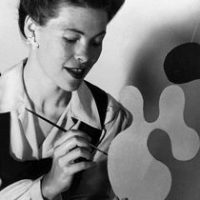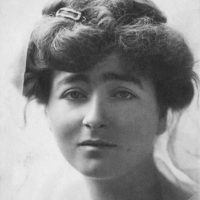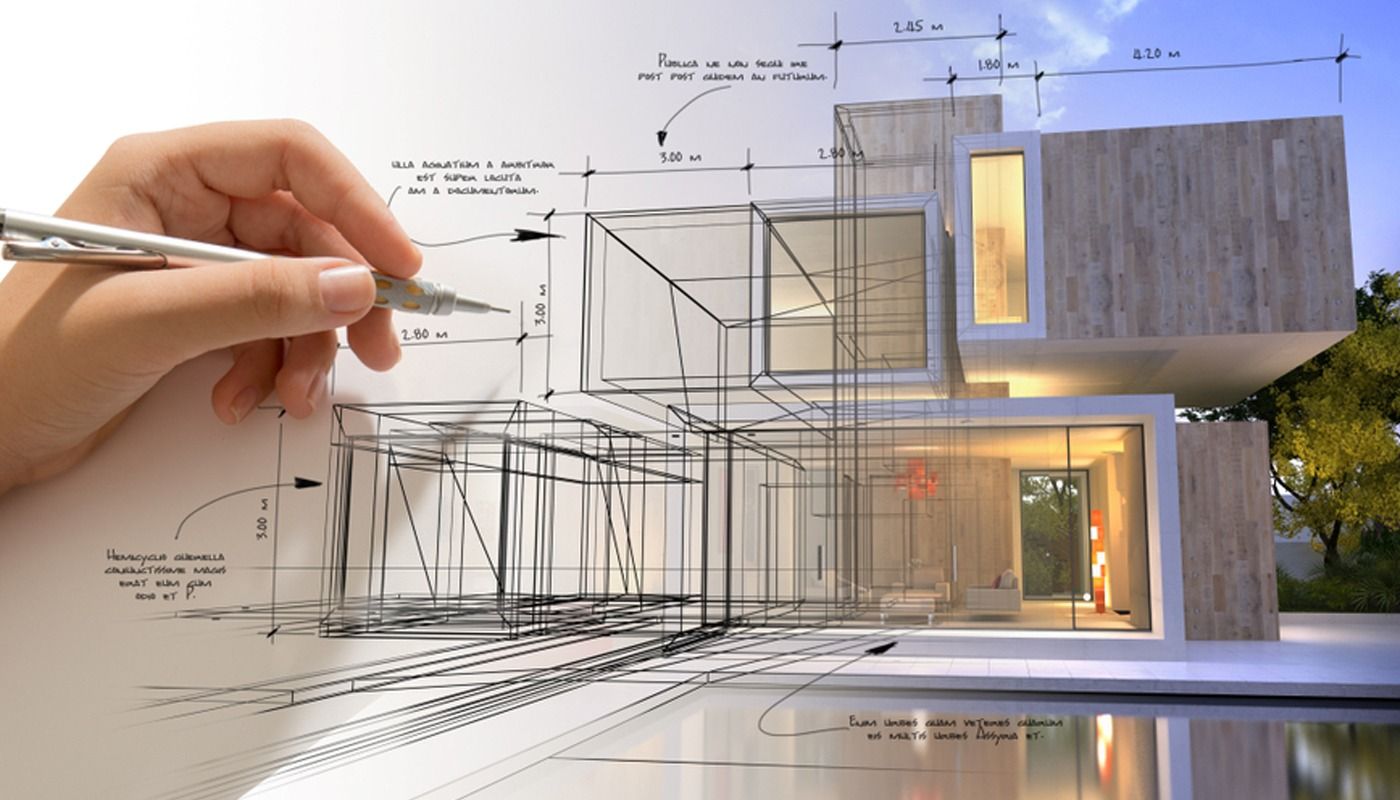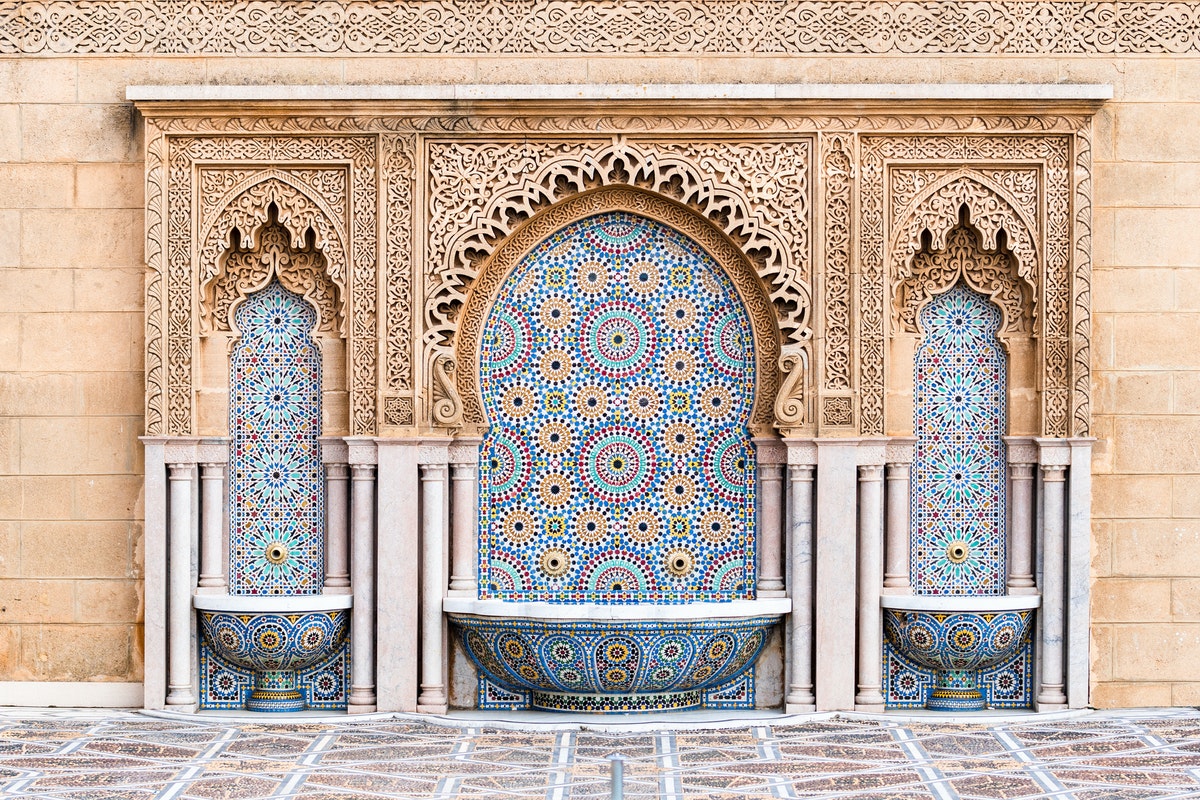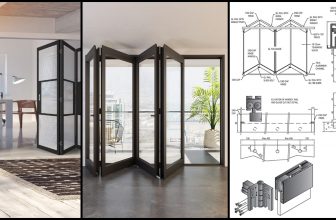There is an apparent paradox between the Modern Architecture Movement and the women’s role in it. Although Female Architects Have Always Contributed to Shaping The History of This Industry, it was not really easy for them to be part of the game.
Early Modern Architecture began with the endeavor to reconcile the principles underlying architectural design with rapid technological advancement and the modernization of society. It would take the form of various movements, some in tension with one another, and many equally defying such. In its excitement to create something new, the Modern Movement had a particular commitment to collective values and emphasized collaboration. If this was the case, then to what extent did the culture of this trend help advance women’s participation in the profession?
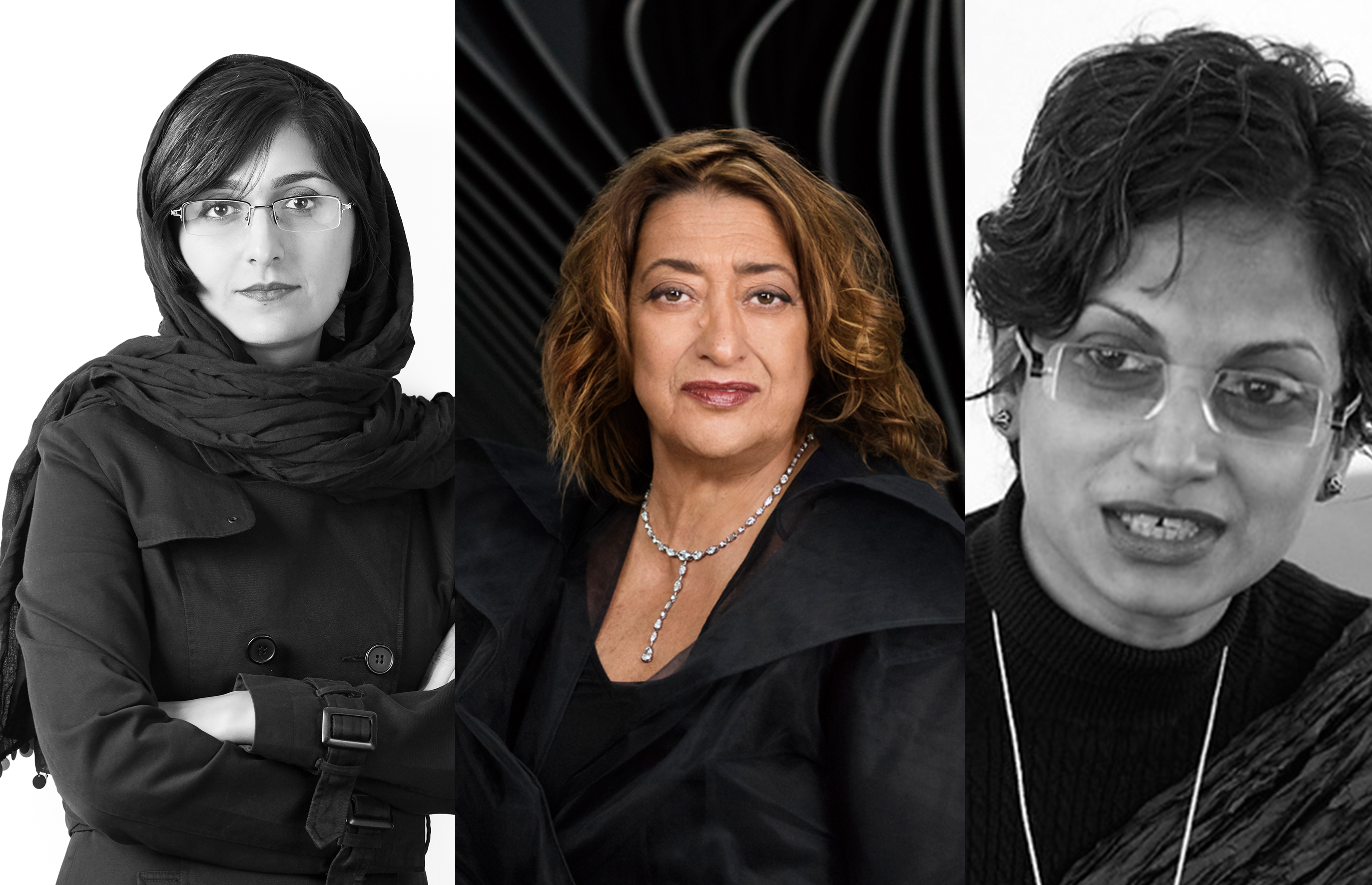
Three Muslim Female Architects Won the Prestigious Aga Khan Award For Their Outstanding Projects, Copyright © 2017 MVSLIM.COM.
Charlotte Perriand, Ray Eames, and Eileen Gray are often grouped as accomplished women of the Modern Movement. They forged a new identity for both themselves and society, yet their design achievements were commonly overshadowed by famed architects like Le Corbusier and Mies van der Rohe. When Perriand boldly asked Corbusier for a job, she was met with the blatant sexist put down “we do not embroider cushions here.” In his reply, women appear to be denied a place within architecture.
- Charlotte Perriand, Dow Jones & Company
- Ray Eames
- Eileen Gray © 2017 – 2020 Sweet Modern, Akron, OH
However, like many successful women architects of Perriand’s time, her career requires a more complex understanding of the ways that gender connected to Modern architecture. Although frequently criticized by feminists of our time, Le Corbusier was, in reality, one of the few Modernists to give significant attention to the role of women in contemporary society. By interpreting his work through a feminist lens, we can see that it is loaded with orders of meaning that reflect his attitude, and those of society, about women’s place within the context of modern architecture.
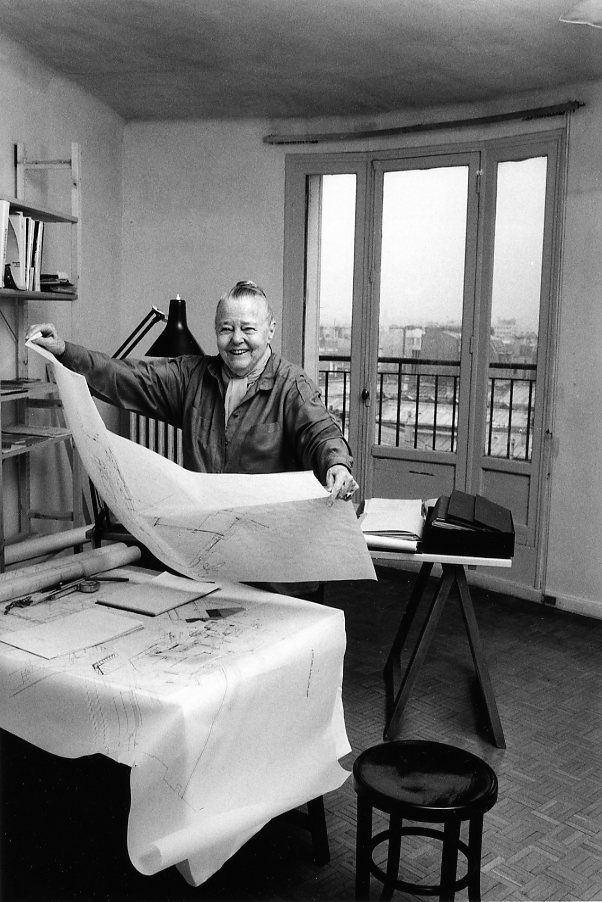
He holds on to the idea that men and women are fundamental opposites, but it becomes progressively clear that he believes they are equal and depend entirely on the other. The Union of Opposites emerges as a theme in Le Corbusier’s paintings, casting further light on his view of the world.
Although Le Corbusier was no feminist favorite, several women designers chose to work for him in his atelier. The atelier provided an atmosphere in which Perriand and her colleagues, male and female, could grow and develop professionally. She considered herself an equal to the male employees and enjoyed their camaraderie.
In the opinion of designers and domestic reformers such as Le Corbusier and Perriand, technological advancement and the modernization of society could emancipate women from household work, allowing them to use their time in more fulfilling ways. They could begin to establish a new identity for themselves.
Oftentimes, feminist critics evaluate women’s historical position by today’s standards. However, it is important to arrive at a more complex vision of Modernism. By including its regressive and progressive dimensions, women’s contributions to society are highlighted rather than insisting on individual rights.



